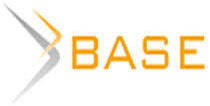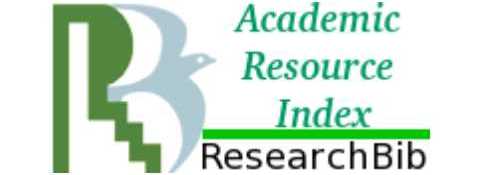Public-private partnership as a form of cooperation of state and business: terminological analysis
In today's rather harsh operating conditions of the Russian economy, the question of interaction between government authorities at all levels of management and private business is becoming increasingly pressing. Combining the interests of the state and business contributes to the maximum use of the potential of public and private structures. Among the various forms of interaction between the state and business, the most fruitful is public-private partnership. This form of cooperation is actively developing in a variety of industries and regions, but the possibilities of its use have not yet been fully explored. This determines the relevance of scientific understanding of the essence and content of public-private partnership, which, in turn, involves conducting terminological analysis to clarify the definition in question. The purpose of this study is a systematic analysis of existing scientific approaches to determining the essence and content of public-private partnership and finding its content adequate to the modern situation. The analysis was based on the works of domestic and foreign scientists devoted to the issues under study. As a result of the terminological analysis, key components have been identified that should be reflected in the concept under consideration: the essence of the partnership, the subjects of the partnership, the goals of the partnership, the objects of the partnership and the basis of the partnership. Taking into account these components, the author’s concept of public-private partnership has been formed, clearly and fully reflecting its content. The features and advantages of Public-Private Partnership are identified from the perspective of a systematic approach. The need for a more complete use of this mechanism of interaction between the state and business is substantiated.
Slinkova, O. K., Titova, E. A. (2024), “Public-private partnership as a form of cooperation of state and business: terminological analysis”, Research Result. Business and Service Technologies, 10 (2), pp. 102-114. DOI: 10.18413/2408-9346-2024-10-2-0-8
















While nobody left any comments to this publication.
You can be first.
Federal law dated 13.07.2015 N 224-FZ “On public-private partnerships, municipal-private partnerships in the Russian Federation and amendments to certain legislative acts of the Russian Federation” [Online], available at: https://www.consultant.ru/law/hotdocs/43645.html (Accessed 03 May 2024).
Law of the Belgorod region of 17.07.2017 “On the participation of the Belgorod region in public-private partnerships” [Online], available at: https://belgorodinvest.com/upload/iblock/2ee/2q1048req3260mnmm6v5kywt829xq1nr.pdf (Accessed 03 May 2024).
Ak'yulov, R.I. (2015), “Problems and prospects for managing the development of the social sphere of Russian regions on the basis of public-private partnership”, Management Issues, 5 (17), pp. 59-65.
Babkin, I.A. and ZHerebov, E.D. (2015), “Mechanism of interaction between the state and business on the basis of public-private partnership”, Scientific and Technical Journal of St. Petersburg State Pedagogical University, Economic Sciences, 4, pp. 99-107.
Balaborova, M.M. (2012), “The role of public-private partnership mechanisms in the industrial complex of the region”, News of the Kabardino-Balkarian Scientific Center of the Russian Academy of Sciences, 6-2 (50), pp. 12-17.
Varnavsky, V.G. (2009), Public private partnership, M., IMEMO RAS, in 2 volumes, V 1, 312 p.
The State Duma adopted a law on improving public-private partnership mechanisms [Online], available at: https://ppunity.ru/blogs/gosudarstvennoy-dumoy-prinyat-zakon-o-sovershenstvovanii-mehanizmov-gchp (Accessed 03 May 2024).
Delmon, J. (2010), Public-private partnership in infrastructure: a practical guide for public authorities, Krasno-armeysk, 154 p.
Izgalina, L.A. (2009), “Global crisis and mechanisms of public-private partnership”, Power, 10, pp. 83-85.
Kolyagin, S.O. (2014), “Public-private partnership: concept, regulatory framework”, Socio-economic phenomena and processes, V. 9, 9, pp. 65-72.
Mochalnikov, V.N. (2010), Increasing the strategic potential of the Russian economy based on the activation of the public-private partnership system, Author's abstract. dis. Dr. Ec. Sci. M., 59 p.
Nikitina, L.M. and Kravchenko, P.A. (2024), “Theoretical approach to the study of public-private partnership in the social sphere”, Economic theory, 4 (172). pp. 8-21.
Slinkova, O.K. (2012), “Level and quality of life of the population as resulting indicators of socio-economic development of regions”, Bulletin of ISTU, 9 (68), pp. 307-311.
Gerrard, M.B. (2001), “What are public-private partnerships, and how do they differ from privatizations?”, Finance & Development, 38 (3) [Online], available at: https://www.imf.org/external/pubs/ft/fandd/2001/09/gerrard.htm (Accessed 03 May 2024).